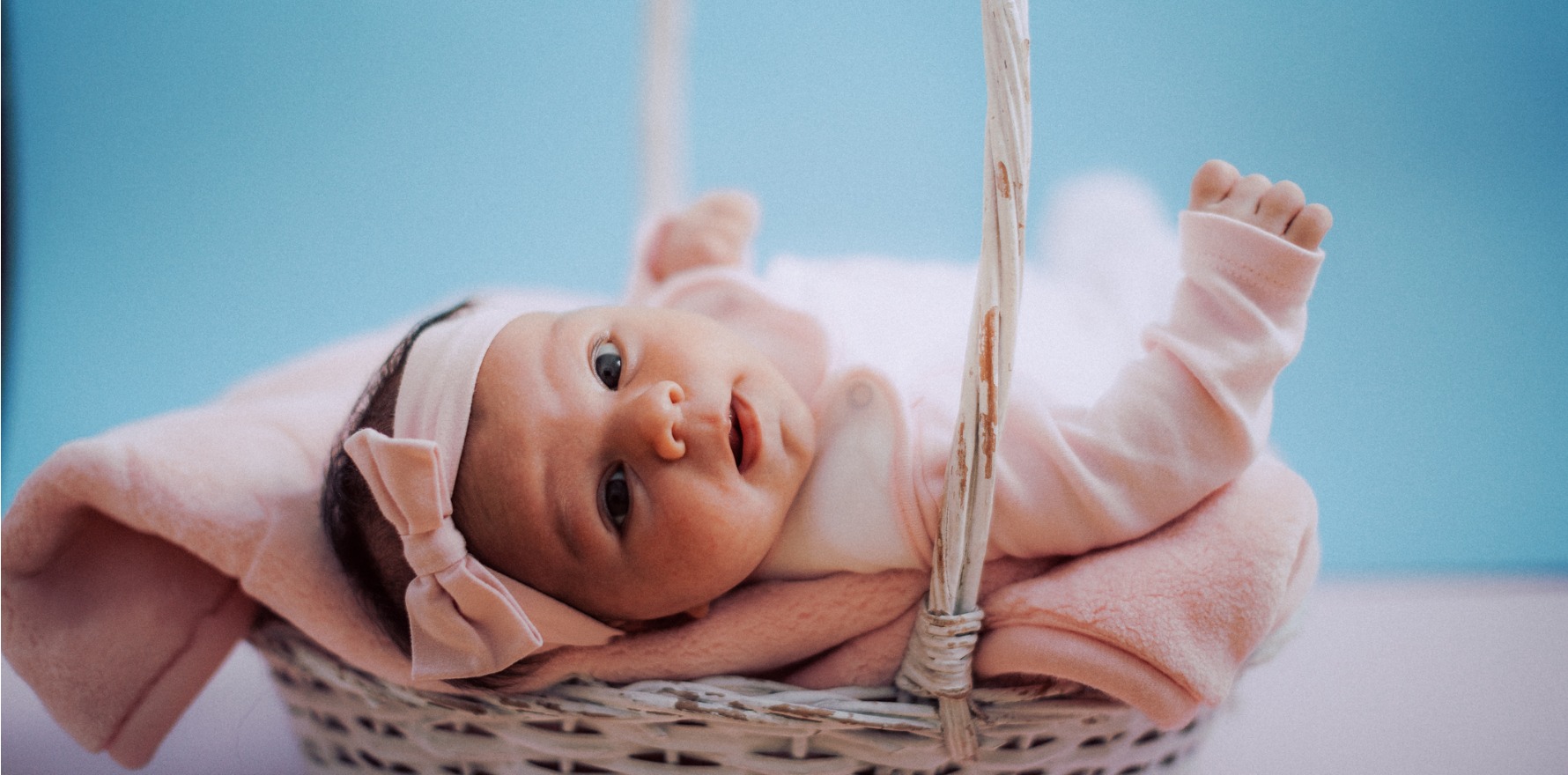GPs may get a better shot at paid leave, but economists warn the new system could take working mums a step back.
The announcement of a paid parental scheme revamp was the bright spot in an otherwise underwhelming budget for many in the primary healthcare sector, but economists say that the tweaks to the policy may stunt societal change.
Female GPs have historically struggled to access the government’s existing parental leave scheme, which measures only the birth mother’s income, rather than the household income.
If the mother earns more than $150,000, paid leave is out of bounds regardless of what other people in the household are or aren’t bringing in – the underlying assumption being that women are not the breadwinner.
RDAA President Dr Megan Belot has previously spoken on the issue, pointing out that as a self-employed mother earning over $150,000, she wouldn’t be eligible for the scheme, even if taking her income out of the question would mean the household income dropped to nothing.
Under the revisions outlined in the budget announcement earlier this week, two existing parental leave schemes become one.
The two weeks of dad and partner pay merge with the 18 weeks of primary carer parental leave pay, and either parent can now take the leave.
There will also be an option to be means-tested as a household, where families need a combined income of $350,000 or less to access the leave.
Dr Belot welcomed the changes and was particularly hopeful that it would help attract more graduates to general practice.
“GPs are self-employed with no employer funded entitlements to rely on during our period of parental leave,” the RDAA president said.
“Many of us finish our training during our late 20s and early 30s – right in the most common ages for becoming parents.”
The association’s junior doctor members have, according to Dr Belot, consistently indicated that access to entitlements like paid parental leave, which is available in the hospital system, is influential when making career decisions.
But for all the good these measures may do in providing flexibility and freedom for families, political economist Associate Professor Elizabeth Hill said the new scheme undid good policy architecture designed to “nudge” men to take leave.
“With the paid parental leave scheme paid at the national minimum wage rather than at wage replacement levels, there is a real risk men will not take up their new leave entitlement,” Professor Hill wrote in a piece for The Conversation.
“Current cost-of-living pressures mean households are under increased economic strain and unable to afford any drop in income.”
Although the act of combining the two schemes effectively removed outdated primary and secondary carer labels, Professor Hill said that it also removed the impetus for men to take leave, thereby still risking “entrenching Australian women as primary carers”.
“The bottom line is this is not the kind of policy change that will drive an inclusive economic recovery and a gender equal economy,” Professor Hill said.
The Grattan Institute also issued a commentary on the tweaks, saying they were unlikely promote a more gender-equal sharing of leave: “At present, 99.5 per cent of parental leave pay is taken by mothers (see chart). Many new fathers are keen to take more leave, but it will be hard for them to justify eating into the 18-week allowance mothers can take now. Instead, it will now be possible (and probably simpler administratively) for Mum to take the full 20 weeks herself, cutting out Dad entirely.”





